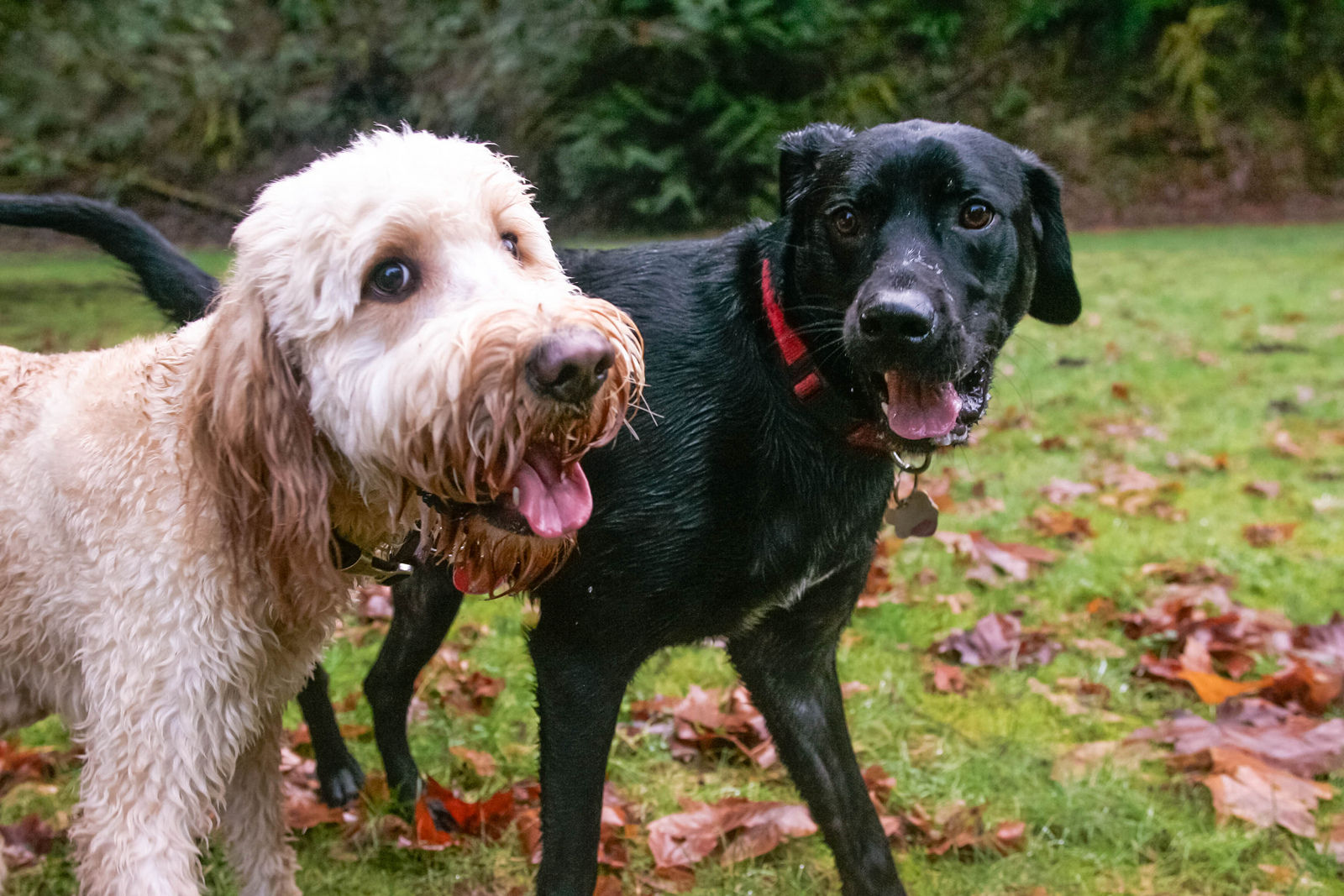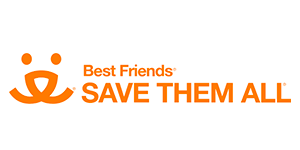Shelter Dog Socialization and Dog Introductions

[cmsms_row data_width=”boxed” data_padding_left=”3″ data_padding_right=”3″ data_color=”default” data_bg_position=”top center” data_bg_repeat=”no-repeat” data_bg_attachment=”scroll” data_bg_size=”cover” data_bg_parallax_ratio=”0.5″ data_padding_top=”0″ data_padding_bottom=”50″][cmsms_column data_width=”1/1″][cmsms_text]

Teaching Shelter Dog Socialization
By Sherry Woodard, Best Friends animal behavior consultant
Dogs are naturally social animals, but that doesn’t mean they all have the necessary social skills to meet each other politely. Why would you want shelter dogs to meet and get along with each other? Well, shelter dogs can experience stress when housed in runs individually, so one way to provide some social time for the dogs and reduce stress is to take them for walks together or set up play sessions. The first step to providing these types of enrichment is to introduce the dogs carefully and safely, with the awareness that dogs often lack social skills when meeting each other. If a shelter houses dogs in groups, the initial introduction of a new dog can be done the same way.
Rescue dog socialization
To proceed with the meeting, have each dog on lead with a calm, relaxed handler. Keep the leads loose. A tight leash interferes with a dog’s ability to move naturally, and it can add a feeling of vulnerability by limiting his ability to move away at will or add frustration at not being able to approach the other dog. In addition, pulling on the leash might communicate to the dog that the handlers are fearful or anxious about their meeting. Don’t let the dogs rush up to each other; avoid face-to-face greetings (a rude way of meeting) by keeping them 8 to 10 feet apart.
Dog body language
As the dogs approach each other, watch their body language closely. A polite greeting involves making very brief eye contact and then looking away. Some very well-adjusted social dogs will ignore the other dog. If no eye contact is made or the dogs just briefly glance at each other, the handlers should casually walk side by side, keeping the dogs moving. I allow them to get close, even sniffing each other, but not touching or greeting face to face.
If the dogs stiffen their bodies, stare into each other’s eyes with their hair up, bare their teeth or lunge at each other, the handlers (if they’re comfortable doing this) can help the dogs by keeping them moving or creating a greater distance between the dogs. The dogs should be kept far enough apart so that they can’t touch and at a distance from each other that allows them to relax enough to occasionally break focus on the other dog.
If at any point the handlers become uncomfortable, they should stop. End the walk when the dogs have calmed down, and try again later with short walks just like this. The goal is to build on any positive experience that occurs. Each time the dogs go out together, they may become more relaxed around each other and may be able to walk closer to each other.
However, if the dogs continue to react in negative, defensive ways, to keep them and all other dogs safe, house them only with dogs with which they are comfortable.
Dog group living
At Best Friends, dogs may live in groups of four or five, so we introduce many dogs in this way. Once each dog in a group has successfully walked with the new dog, the handlers walk the new dog into the run with the last dog. The handler who has the new dog on lead drops the leash and allows it to drag. If any of the other dogs showed behavior that concerned us while being walked with the new dog, we have that dog drag a leash, too. The leashes are for safety — to grab if needed.
We watch the group for at least a couple of minutes before un-clipping the leash(es), and we continue to watch for at least 10 minutes before looking away or leaving the run. Also, as we watch, we don’t give too much attention to any of the dogs or start playing with them with their toys; the idea is to create a calm atmosphere, not cause excitement. For many introductions, we remove distractions —such as toys — from the run to reduce the number of potential reasons for conflict.
One thing to keep in mind: Shy and/or fearful dogs do not always show us their true behavior when we are with them. When we exit the run to watch more from outside their space, they may be more comfortable and have different behavior than what we have seen.
If more walks are needed before everyone is comfortable (both humans and dogs), then we have the dogs live separately and walk them for multiple days. At Best Friends, the new dog is removed from the run at night and is re-introduced in the morning. This is the routine for the first week for most new dogs at the Sanctuary. Since unsupervised dogs sometimes make bad decisions, this routine helps keep the dogs safe. After a week of being closely monitored by the staff, if no concerning behavior has occurred, the new dog may start sleeping in the shared space. We also restrict the run to staff only (no volunteers) for the one-week period. This practice gives the dogs and the staff a somewhat calm first week to become friends.
Remember, dogs often need our help to learn proper social behavior. Many dogs need practice meeting other dogs to become comfortable and without continuing to practice, they will lack the skills to relax and enjoy new dog friends.
Adoptable dogs
Besides providing social opportunities, encouraging dogs to interact politely also helps them become more adoptable. Every dog deserves our assistance to become more adoptable and to stay adoptable until he/she finds a wonderful home. You can make a difference in shelter dogs’ quality of life by adding enrichment with your time, attention and love.
____________________
Disclaimer: Best Friends Animal Society, nor MAARC, are responsible for any injuries to anyone using the techniques described in this article. Any person using the techniques described here does so at his/her own risk.
[/cmsms_text][/cmsms_column][/cmsms_row]